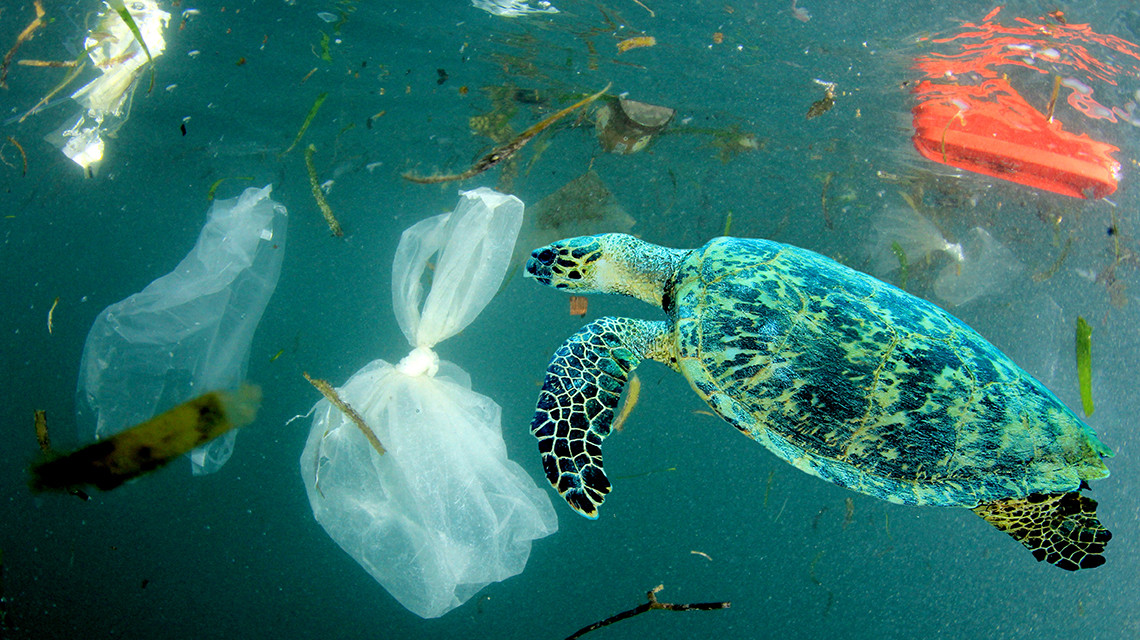1.India’s ‘4C formula’—consultation, cooperation, coordination, and capacity-building—proposed at the UN Chiefs’ Conclave 2025 reflects its evolving approach to peacekeeping and global governance. Discuss how this approach aligns with India’s vision of a reformed, rules-based international order.
| Syllabus: General Studies – II: Bilateral, Regional and Global Groupings and Agreements involving India and/or affecting India’s interests. |
IN NEWS: Defence Minister calls for reformed multilateralism upholding global order
India has been one of the largest and most consistent contributors to United Nations Peacekeeping Operations (UNPKOs). The ‘4C formula’ articulated by the Defence Minister at the 2025 UN Chiefs’ Conclave represents India’s progressive and inclusive approach to multilateral peacekeeping, while reinforcing its commitment to a reformed, rules-based international system that reflects 21st-century realities.
Essence of the 4C Formula
- Consultation: India calls for institutionalised dialogue between the UN Security Council and TCCs, ensuring that mandates reflect ground realities — addressing the democratic deficit in peacekeeping decisions.
- Cooperation: Promotes shared responsibility among nations rather than dominance by major powers, consistent with India’s ethos of South-South cooperation and Vasudhaiva Kutumbakam.
- Coordination: Seeks improved synergy between UN agencies, regional bodies, and host nations, fostering operational coherence and accountability.
- Capacity-building: Focus on training, technology transfer, and logistical support to empower developing countries — a move from dependency to self-reliance.
Alignment with India’s Vision of a Reformed Rules-Based Order
- Democratisation of Global Governance:The 4C approach reflects India’s call for UN Security Council reform, ensuring representation for the Global South and large troop-contributing countries.It challenges the asymmetry of decision-making power dominated by the P5 nations.
- Revitalising Multilateralism:By promoting consultation and cooperation, India seeks to restore faith in multilateral institutions weakened by unilateral interventions and great-power rivalries.Reinforces India’s commitment to collective decision-making under UN legitimacy.
- Strengthening Rule of Law and Sovereign Equality:India’s peacekeeping philosophy is grounded in non-interference, consent of parties, and impartiality, aligning with the UN Charter principles.It seeks a system where international law, not power politics, guides global conduct.
- Equitable Burden-Sharing and Responsibility:Encourages developed nations to contribute more troops, funds, and technology, promoting a fairer distribution of peacekeeping responsibilities. Reflects India’s belief that global peace cannot rest on the sacrifices of a few developing countries alone.
- Technology and Ethical Innovation:India’s emphasis on secure communication, surveillance, and unmanned systems points to responsible technological integration — balancing efficiency with human security and accountability.
- South-South Solidarity and Capacity-Building:Promotes collaborative capacity enhancement among developing nations, resonating with India’s leadership in the Global South and its “development partnership model” rather than aid dependency.
- Human-Centric Global Order:Focuses on protection of civilians, gender sensitivity, and inclusive participation — consistent with India’s advocacy of a “humanity-first” approach to global governance.
- Bridging the North–South Divide:India positions itself as a bridge between advanced and developing nations, advocating dialogue over dominance and cooperation over coercion.
India’s 4C approach redefines peacekeeping from a reactive, power-centric exercise to a consultative and capacity-driven partnership. It reflects India’s vision of a reformed multilateral system, where equity, inclusivity, and rule of law replace coercion and hierarchy — steering global governance towards sustainable and participatory peace.
| PYQ REFERENCE (UPSC 2025) Q. “The reform process in the United Nations remains unresolved, because of the delicate imbalance of East and West and entanglement of the USA vs Russo-Chinese alliance. Examine and critically evaluate the East-West policy confrontations in this regard. (250) |
2. “Recent studies along the Goan coast have revealed alarming levels of microplastic contamination and bioaccumulation in commercially important fish species, posing ecological and public health risks. Discuss the causes, implications, and possible mitigation strategies for microplastic pollution in India’s coastal and marine ecosystems. (250 words)
| Syllabus: General Studies – III: Conservation, Environmental Pollution and Degradation, Environmental Impact Assessment. |
IN NEWS: Microplastics pollution threatens Goa’s estuarine sheries, human consumers
Microplastics — plastic particles smaller than 5 mm — have become a critical pollutant in India’s marine ecosystems. A recent study by CSIR–NIO and AcSIR detected nearly 4,900 microplastic particles in fish from Goa, indicating bioaccumulation, trophic transfer, and ecosystem stress.
Causes of Microplastic Pollution
- Marine-based sources: Degradation of discarded fishing nets, ropes, and gear left at sea.
- Land-based sources: Wastewater discharge, tire residue, packaging, and textiles entering estuaries.
- Poor waste management: Inefficient segregation, collection, and recycling of plastic waste in coastal towns.
- Urban runoff and riverine inflows: Rivers like Mandovi and Zuari transport microplastics from inland areas to the coast.
- Tourism and coastal activities: Increased littering and single-use plastic consumption along beaches.
Ecological and Health Implications
- Bioaccumulation and trophic transfer: Microplastics ingested by plankton and small fish accumulate up the food chain.
- Marine biodiversity threat: Causes oxidative stress, gene disruption, and reproductive failure in fish and shellfish.
- Human health concerns: Linked to immune dysfunction, neurotoxicity, hormonal imbalance, and cancer risk.
- Economic and livelihood impact: Decline in fish quality affects fisherfolk income and food security.
Mitigation Strategies
- Policy implementation: Strengthen Plastic Waste Management Rules (2016) and Extended Producer Responsibility (EPR).
- Technological solutions: Develop biodegradable materials and install microplastic filters in wastewater plants.
- Community initiatives: Promote responsible fishing, clean coasts, and circular economy models.
- Scientific monitoring: Empower CSIR–NIO, NCCR, and CPCB to conduct regular microplastic audits and risk assessments.
Microplastic contamination reflects the unsustainable footprint of modern consumption. India must adopt an integrated approach combining policy, innovation, and behavioural change to safeguard marine ecosystems, public health, and coastal livelihoods.
| PYQ REFERENCE (UPSC 2024) Q. Industrial pollution of river water is a significant environmental issue in India. Discuss the various mitigation measures to deal with this problem and also the government’s initiatives in this regard. (150) |

